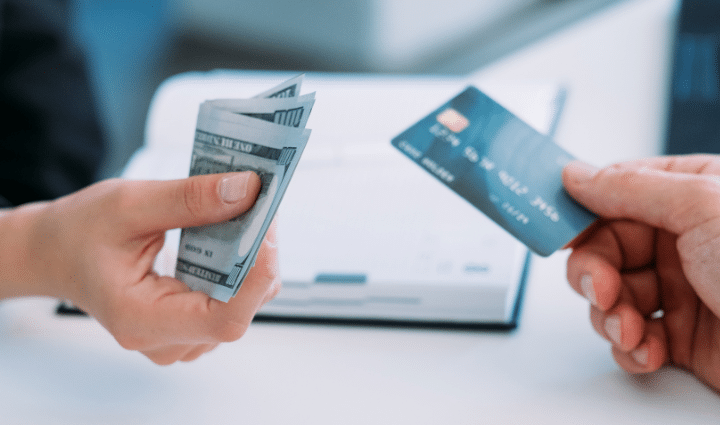
I frequently hear discussion of debt in business, with arguments coming from both sides. While I do agree that debt can have its place in growing your business, it’s important to consider all the facts first. As we are potentially looking at a recession in the future, which could leave you tempted to take out loans, I wanted to go over some key factors to understand about both debt and growth so you can make the best decisions about how to move forward.
Debt
Let’s look at debt first. The three kinds I usually see in the ecommerce world are:
-
- Bridge loans – these are the loans that will get you through a week or two, possibly even a month if you’re positive about when you will be receiving payments, but you need to place an order or make payroll before the money arrives. This type of loan involves very little risk.
- Leverage – this is a loan used to fuel growth. You have nailed down product costs and the sales price for a new opportunity and you can, with a high degree of certainty, see the payoff on the use of the money to buy additional inventory or to add additional employees or equipment. This does involve a bit more risk, but you have calculated the risk vs. return.
- To delay the inevitable –this is a loan borrowed to keep things afloat. Products aren’t bringing in enough gross margin to support both the business and the interest on the debt. Usually, rather than facing the facts and taking action, clients will “delay the inevitable” by taking a loan to keep things going. The problem here is that without fixing the root of the problem, the loan is only adding to their expenses. This kind of debt comes with very high risk, the kind that, without correction, will put you on course to personally guarantee loans. In this case, not only will the business fail under the weight of the debt, but your personal credit can be ruined too.
Growth
Now let’s discuss growth. Growth in business typically involves debt like bridge loans or leverage. Trying to grow a business that is using debt to delay the inevitable is like throwing gasoline on a fire, it may speed things up, but it doesn’t last very long.
So how do you break the cycle if you realize that you are “delaying the inevitable”? The first thing to do is vow to stop borrowing money until you’ve dug yourself out of the hole.
The second step is to take a deep dive into your products. Find what is producing gross margin at an acceptable level, 30% or greater; and what is not performing adequately. What can you do to make those numbers better? Can you raise prices, reduce manufacturing fulfillment, or shipping expenses?
Then, get serious about cutting those operating expenses, and be aggressive. Look for ways you can consolidate debts into the cheapest instruments so that loan payments are minimized. Now you’re working your way out.
Mark Your Calendar
This isn’t going to happen overnight, as badly as you want it to. It’s best to set a timeline that way you have a deadline to work towards. Try 3 months for example. If you stick to the plan for 3 months, creating a business model you can sustain, and still don’t see significant improvement, it’s time to make the hard decision and look at your exit strategy options.
The business may hold value in the marketplace, even with its challenges. New owners would run things differently and likely wouldn’t have your same cash constraints and debt burdens. It may be time to cut your losses and hand the reins over to someone else, so you can start over and be better prepared for the next go around.
Before you make the debt decision, make sure you look at the big picture and understand where you are and where you are trying to be in your business. Making the hard decisions, whether it’s to take the risk or let go is the real difference in growth.
If you need help analyzing your cash flow or business plan, we are here and ready to help! Reach out to the bookskeep team about our advisory services today!
Interested in Profit First?
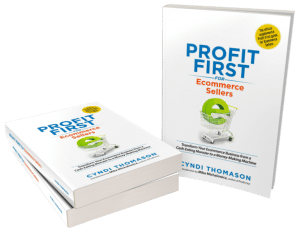
You can also sign up for the Profit First for Ecommerce Sellers Online Course. As a Mastery Level, Certified Profit First Professional, I will teach you why Profit First works so well for ecommerce businesses and the particular challenges for businesses that have physical products requiring inventory management. You will learn how your behavior drives your money management habits for your business and how you can set up your business bank accounts to work with your habits.
Check out all our ecommerce accounting and profit advising services here!
Do you know about Cyndi’s new book?
Motherhood, Apple Pie, and all that Happy Horseshit
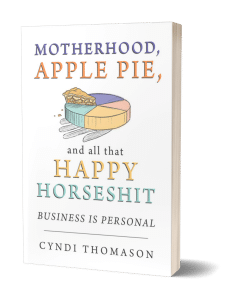
“You’re about to discover the recipe for successful momma entrepreneurs.”
Business is Personal
As a Mom, you can have it all and it’s better when you do. Using your personal values to create the business of your dreams. By the end of this book you’ll be confident in designing a business that supports your family and yourself. Order Now!


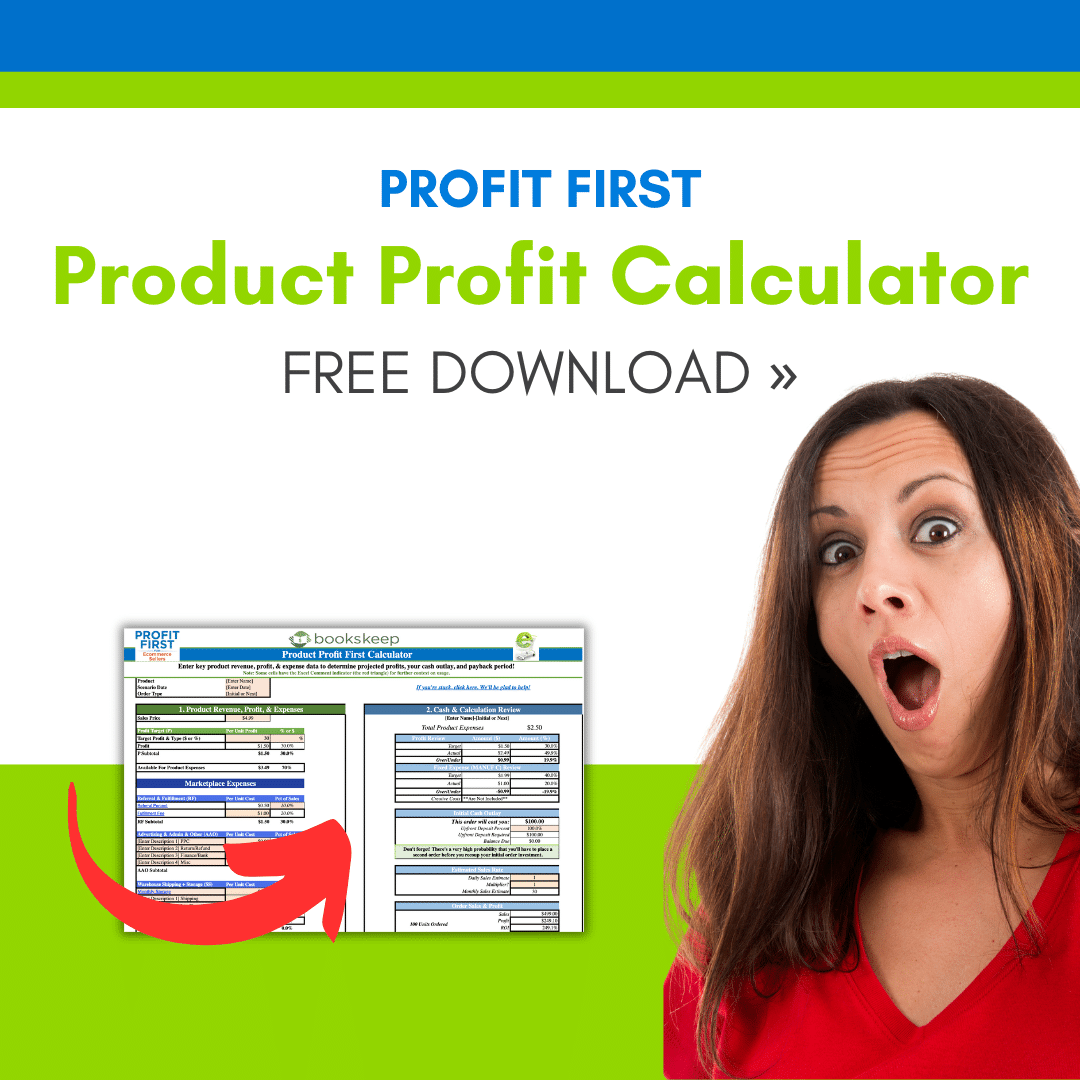
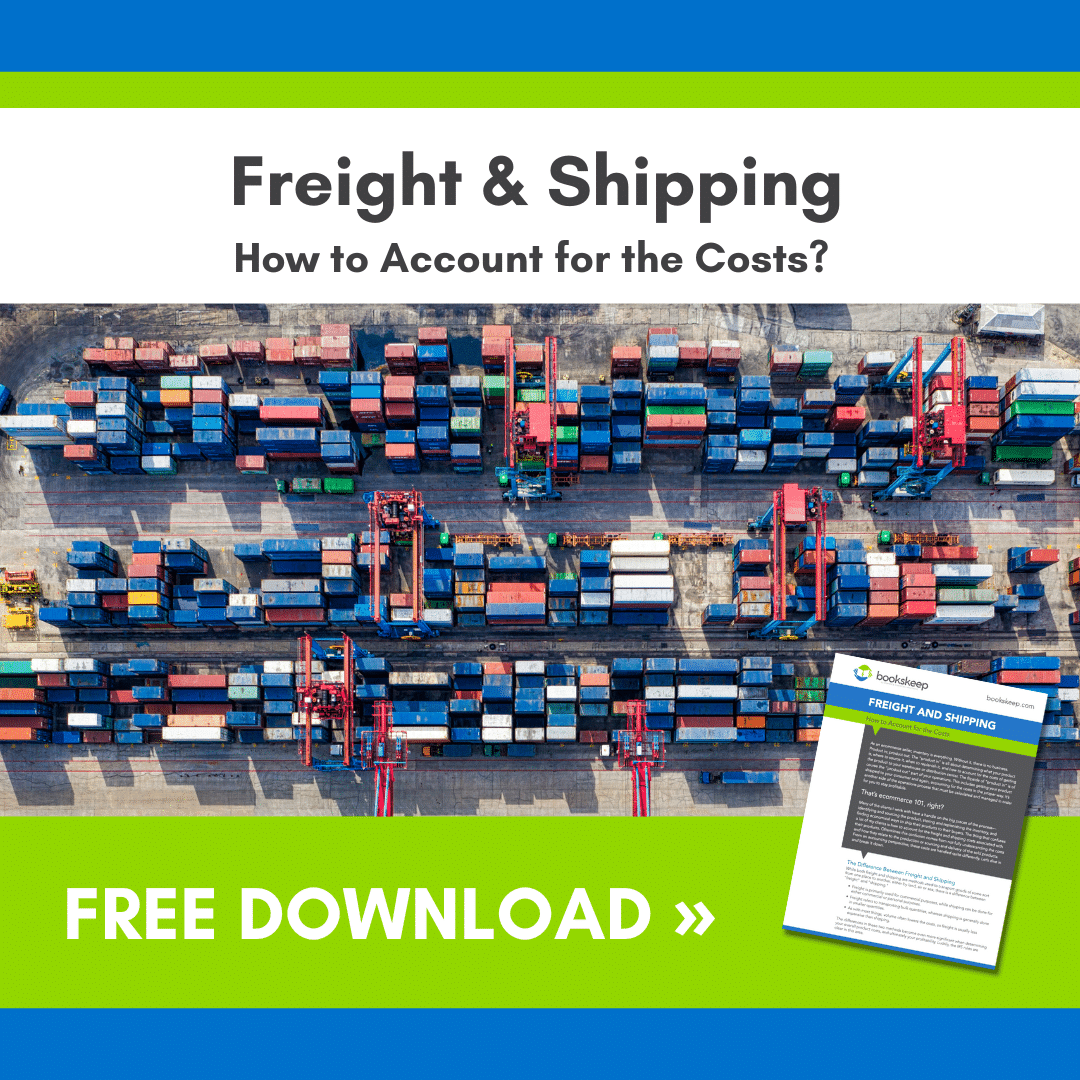
Leave a Comment